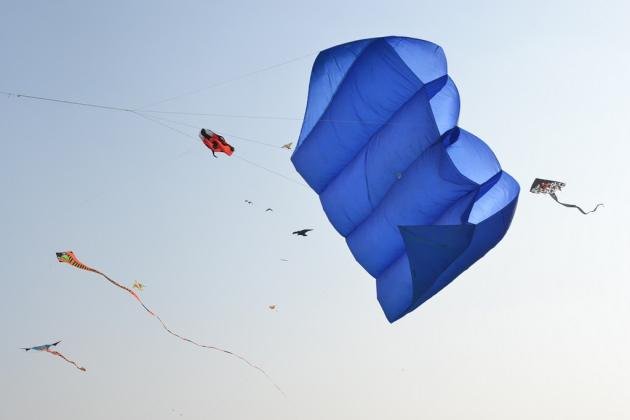If you think India has many shrines, think again. In Bali, Indonesia’s Hindu island, there are temples everywhere – in streets, atop mountains, clinging to cliffs, on the seashore, and in the courtyard of every home.
The Mother Besakih temple is one of the most important temples in Bali.
It is located atop Mount Agung. It is not just one shrine but a cluster
of 20 temples overlooking the villages and the green slopes of the
mountain. Balinese believe that the good spirits along with their
deities reside here and the shrines resemble houses built for them.
Goa, I learned, is pronounced “Guha” as in many Indian
languages. It refers to a 1,000-year-old cave excavated here that houses
the Hindu trinity of gods and Ganesha, whom the Balinese know as
“Gajah” (as in elephant). The 11th century site, called Lwa Gajah, was
not discovered until the 1950s and was believed to be a sanctuary of a
Buddhist monk. Carved images of the Buddha and smaller shrines and a
step-well dot the green landscape here.
Bali’s shrines are often located in the most exotic landscapes. This is Pura Uluwatu
right atop the cliff. The scenery is breathtaking as you climb uphill
through a small forested area patrolled by boisterous monkeys.
Pura Taman Ayun, literally “beautiful garden”, is the shrine of the royalty in Bali. Built in the 17th century, this temple in Mengwi, south Bali, is believed to house the ancestors of the royal dynasty and their family deities.
The sounds of performances fill the air as you walk into any of these temples.
Wayang or shadow puppetry, the Kecak or fire-dance, and various other
local dances like Barong, Legong and Pendet are some of the art forms to
experience while you visit these shrines.
No trip is complete without a glimpse of the spectacular sunset
in Tanah Lot temple, a tourist magnet located on a rocky oceanic island.
The 15th century shrine, dedicated to the sea spirits, was built under
the direction of a priest and is believed to be guarded by snakes.


















































